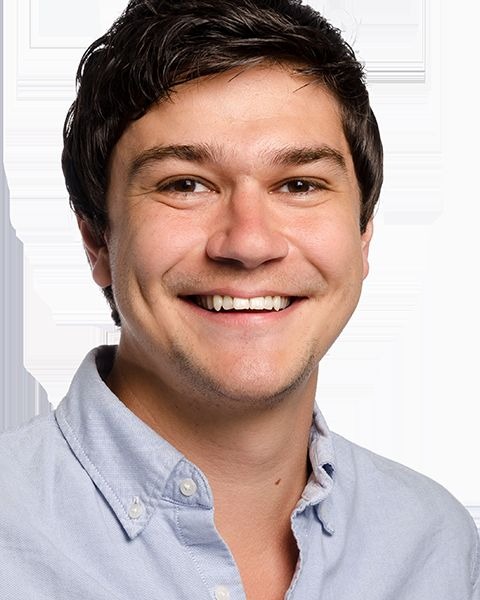SysEB
Section Symposium
Myrmecology For All: Combining Morphology, Molecules, Ecology, and Behavior to Advance Ant Systematics
11: The evolution of worker body size and polymorphism in ants
On-Demand
.jpg)
Michael Rivera
Urbana, IL
- AS
Andrew Suarez
University of Illinois
Urbana, Illinois 
Phillip Barden
New Jersey Institute of Technology
Jersey City, New Jersey
Presenting Author(s)
Co-Author(s)
Body size is a fundamental trait, influencing almost every facet of an organism’s ecology and physiology including reproduction, diet, habitat use, movement, species interactions, metabolic rate, longevity, and thermoregulation. General patterns of body size evolution are often lineage specific, and the majority of this work focuses on “unitary” species where the individual is a single reproductive unit, and are subject to constraints on the evolution of body size due to tradeoffs between body size and a number of life history and physiological traits. These constraints may be overcome in eusocial organisms by dividing reproductive and non-reproductive roles into physiologically independent units (e.g. castes). We compiled a dataset of measurements of worker body size and its variation for extant and fossil ant genera to describe macroevolutionary patterns of worker body size and its variation. We use this dataset to test the following hypotheses: 1) Macroevolutionary patterns of body size are influenced by including fossil taxa due to extinction biases in relation to body size; 2) Body size will vary predictably according to Cope’s rule, increasing in size over a lineages age, and rates of size increase will be different for rates of size decrease. 3) Worker polymorphism represents a key innovation increasing diversification in lineages who evolve variable workers.

